This is a picture of coral reefs in the Red Sea as seen from the International Space Station on May 20, 2003.
Click on image for full size
Courtesy of NASA
Peeking at Coral Reefs from Space
News story originally written on June 4, 2003
Take a look at this picture! The light blue parts are coral reefs just under the surface of the Red Sea. The crew of the International Space Station (ISS) took the picture on May 20, 2003 as they looked down at the Earth below them.
Some researchers dive into the water and study reefs up-close, while other researchers want to see the big picture. Looking at reefs from the ISS or Earth-observing satellites lets scientists figure out whether reefs around the world are healthy. They can see how much of the reef has living coral on it and how much of the coral has become sick and died.
In fact, the world’s coral reefs are in trouble. Threatened by pollution, warming sea temperatures, and coral diseases, the number of coral reefs is declining worldwide. Thanks to satellites and the ISS we are able to keep track of reef health by looking from above.
The bright spot in the lower right side of this picture is the reflection of the Sun overhead. Astronauts call the reflection sunglint. It makes it difficult to see all the reefs, but it is interesting to scientists who study how water flows around reefs. The sunglint forms a meandering pattern as waves and currents move oils around the sea surface. Some of the oily film at the surface is natural, produced by animals in the sea, but much of it is from oil and gas that is left behind by cargo ships.
Last modified June 3, 2003 by Lisa Gardiner.
You might also be interested in:

Scuba stands for self-contained, underwater breathing apparatus. It means that scuba divers carry all of the breathing medium they need with them for the duration they are underwater. Open-Circuit scuba
...more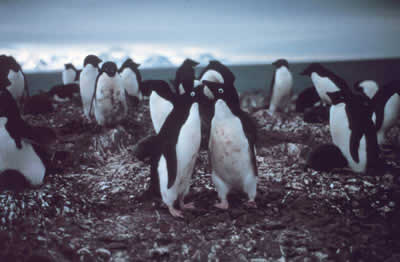
Scientists have recently discovered that thousands of Adelie Penguins thrive in patches of the chilly Southern Ocean near Antarctica's coastline. In these special areas of the ocean, called polynyas,
...more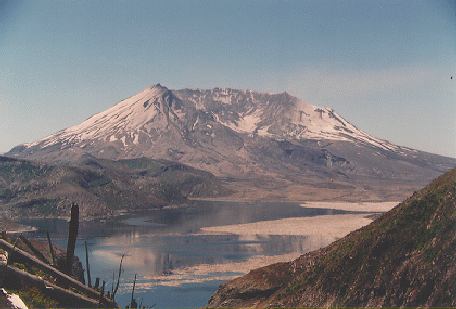
Mount St. Helens, a volcano in Washington on the west coast of the United States, has been quiet for 18 years but now it is quiet no more! It has been puffing steam and ash as scientists look for clues
...more
Today, our climate is changing very rapidly. To better understand how speedy climate change may affect plants and animals in the future, scientists are looking at the past. The scientists are looking
...more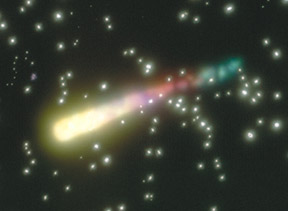
A large meteor exploded in the sky near Chicago shortly after midnight on the morning of March 28, 2003. People in Wisconsin, Illinois, Indiana, and Ohio saw the meteor break apart in Earth's atmosphere.
...more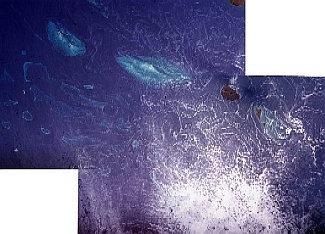
Take a look at this picture! The light blue parts are coral reefs just under the surface of the Red Sea. The crew of the International Space Station (ISS) took the picture on May 20, 2003 as they looked
...more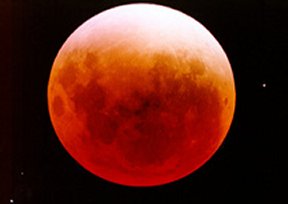
There will be an eclipse of the Moon on Thursday night, May 15, 2003. It will be the first eclipse in 2003. This eclipse is a total eclipse of the Moon, which means the Moon will pass through the darkest
...more














